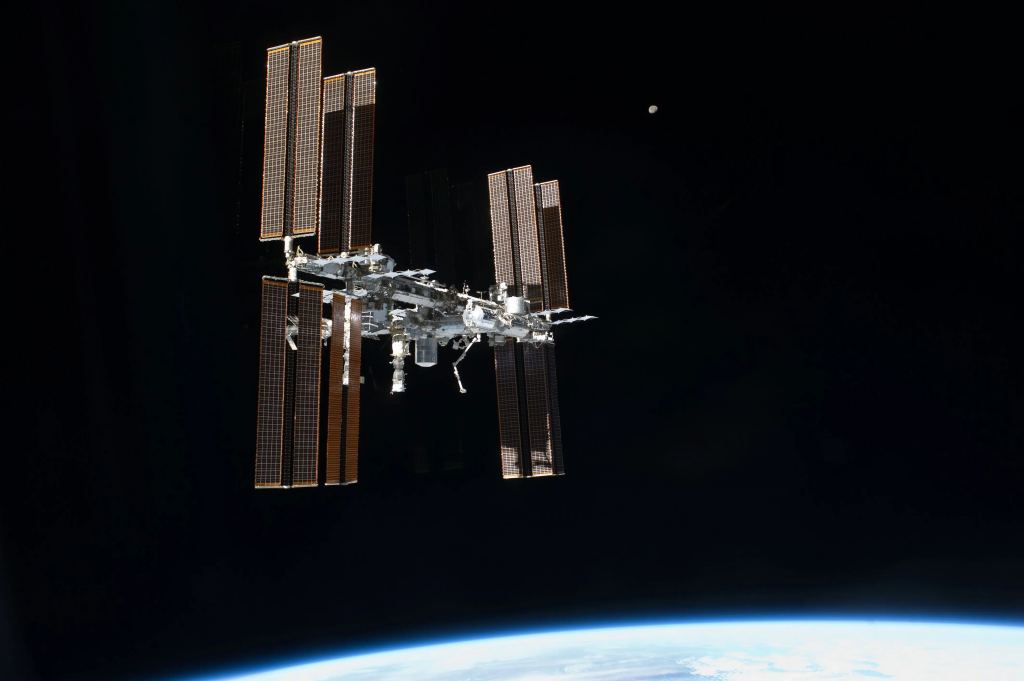One of the biggest threats to the International Space Station (ISS) comes from micrometeoroid impacts. A small hole in the wrong place can throw the resident astronauts into a life threatening situation. Currently, there is no active program to monitor these types of impacts, though scientists think they must be common given the ubiquity of small objects in the ISS's orbit. An interdisciplinary team from MIT hopes to provide some data to support that theory by using an extremely unusual impact sensor made almost entirely out of fabric.
Exterior paneling on the ISS is already covered in a fabric material called Beta cloth, which gives the space station its distinctive white color. The teflon -laced fiberglass material is designed to protect the space station from small scale impacts. However, it does not actively monitor whether or where an impact has occurred, making it difficult for astronauts to determine if a piece of the fabric needs to be repaired or replaced.
Enter the material designed by the team at MIT. It uses "thermally drawn acoustic fibers" which are hypersensitive to mechanical vibrations. The fabric also converts those mechanical vibrations directly into electric energy using the piezoelectric effect. Hooking wires up to individual patches of material would provide a grid-like structure and allow engineers to count the number and size of impacts affecting the fabric.
Samples of these highly sensitive fabrics, as well as others that have electronics embedded directly in them, were sent to the ISS earlier in November. While the samples remain unpowered for now, a 10cm x 10cm swatch is currently attached to the exterior of the ISS. The team plans to expose the sample to the rigors of space for one year, after which it will be returned to Earth and analyzed for any changes.
In addition to analyzing the return sample, the team plans to launch powered versions of the fabrics in late 2021 or early 2022. Powered fabrics are not only useful to detect debris impacts though. The team also plans to brainstorm other use cases for the material. Numerous applications have already been developed on the ground, but space is a new frontier for this novel technology.
Ideas include everything from the detection of cosmic dust to haptic feedback and communication networks embedded in the fabrics of space suits. Since the idea of using these fabrics in space is still so new, the inventors at MIT are exploring many potential options to truly understand the potential of this ground-breaking technology. If they prove up to the challenge, the ISS, and many other permanently space-faring vehicles, might get a whole new high-tech set of clothes.
Learn More:
MIT News - 3 Questions: Using fabric to "listen" to space dust
Tevo News - MIT Team send "high-tech" fabrics into space
Hackster.io - Future Astronauts Could Gain a Sense of Touch Thanks to MIT Smart Fabrics Aboard the ISS
Lead Image Credit: JAXA / Space edited by MIT News
 Universe Today
Universe Today

